2
State the domain and range of and then find its inverse function The parent function is which has a domain of all real numbers and a range y>0 The transformed function has been reflected acrossSubstitute 1 into the quadratic to get 1^2 2 (1) 5 = 1 2 5 = 4 Vertex is at (1,4) and it opens upward Since no values of x are negative, domain is all real numbers Then, since the vertex is the low point, take the primary square root of 4 to get 2, so range is y ≥ 2
Y=1/x^2 graph domain and range
Y=1/x^2 graph domain and range-Domain and range ln(x) Natural Language;We know that the inverse of a function exists if and only if it is bijective and the domain and range of a function are interchanged to be the range and domain of its inverse function respectively Hence, the domain of sin inverse x is 1, 1 the range of sin inverse x is π/2, π/2 ie, arcsin x (or) sin1 x 1, 1 → π/2, π/2
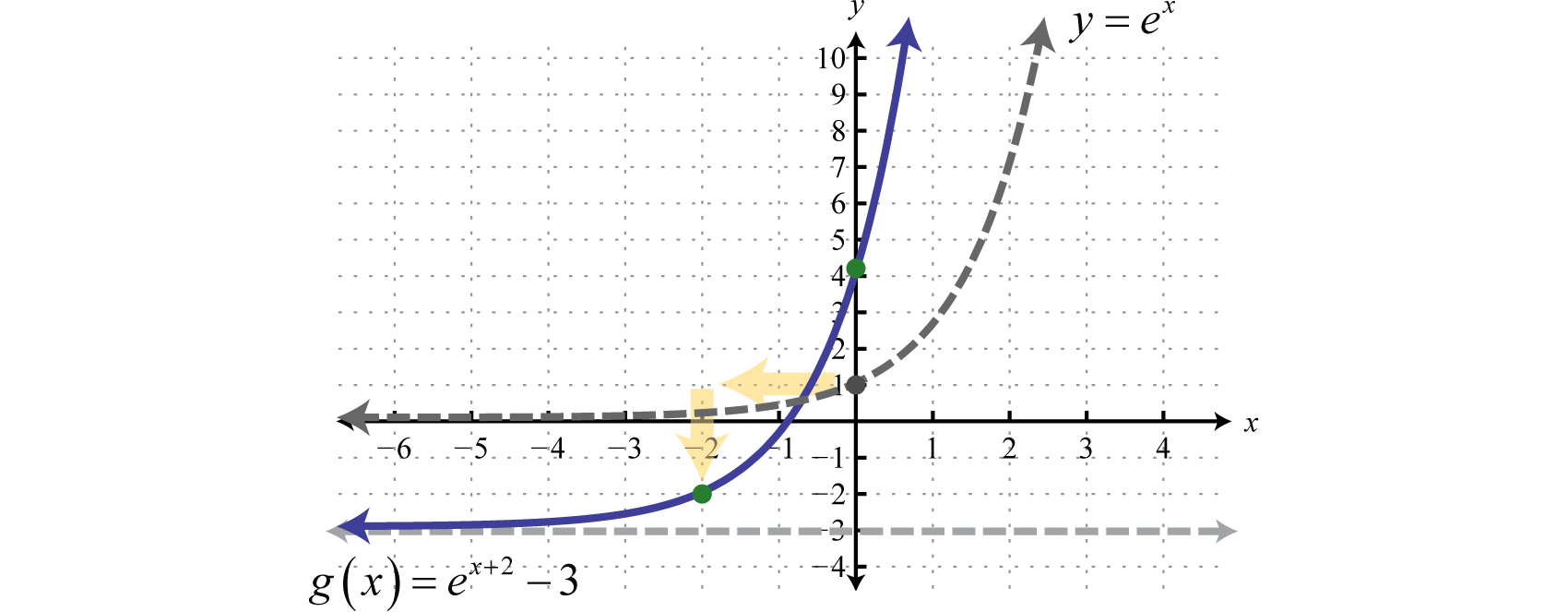
Exponential Functions And Their Graphs
Determine Domain And Range From A Graph College Algebra The domain is where x 2 − 2 x − 8 is real, so the domain is x ≥ 4 or x ≤ 2 As for the range, if the square root function returns only the positive root, the range is y ≥ 0 To see this, note that 0 is in the range ( x = − 2 , x = 4 ) , that the function is continuous over the domain of x (so every y between the minimum and14 Questions Show answers Question 1 SURVEY 60 seconds Q What is the RANGE of this graph?View Domain and Range (Homework)pdf from ENGLISH 12 at Glendora High Name Score Teacher Date Domain and Range of Graphs Y^ 5 1) Domain _ 4 Y^ 5 2) 3 Range
The graph of y = ln x x can only be all positive and y can take positive or negative values Domain x > 0, Range − ∞ < x < ∞ Was this answer helpful?Example 3 Find the domain and range of the function y = log ( x ) − 3 Graph the function on a coordinate planeRemember that when no base is shown, the base is understood to be 10 The graph is nothing but the graph y = log ( x ) translated 3 units down The function is defined for only positive real numbers Now, Plotting graph Here, Domain = All values of x = R Range = All values of y Since y will have value 0, 1 or –1 Range = {0, 1, –1} Next Greatest Integer Function →
Y=1/x^2 graph domain and rangeのギャラリー
各画像をクリックすると、ダウンロードまたは拡大表示できます
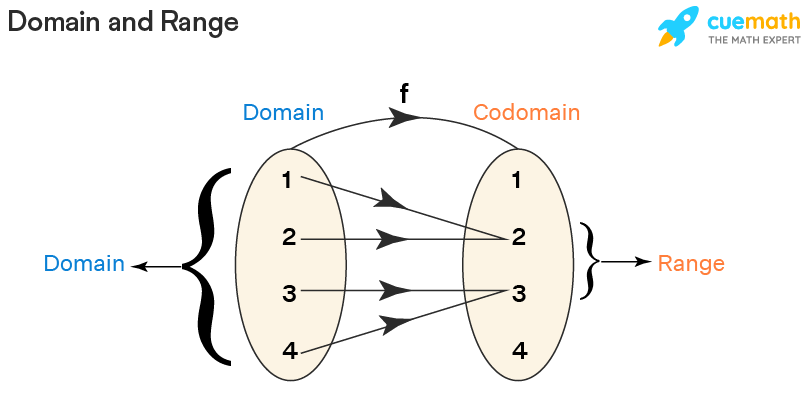 |  | |
 |  | |
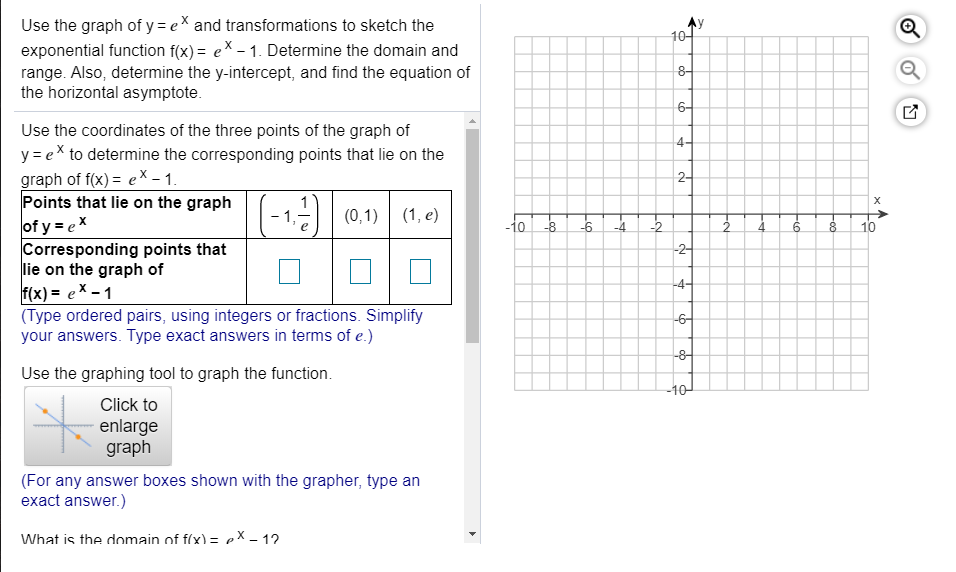 |  | 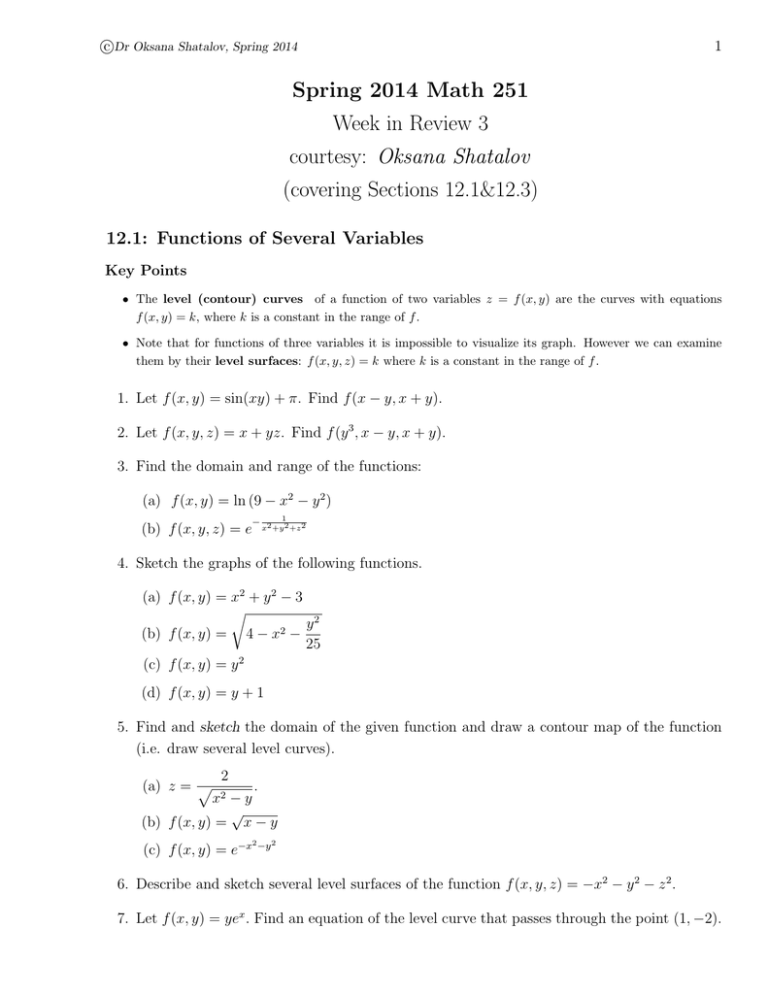 |
「Y=1/x^2 graph domain and range」の画像ギャラリー、詳細は各画像をクリックしてください。
 | 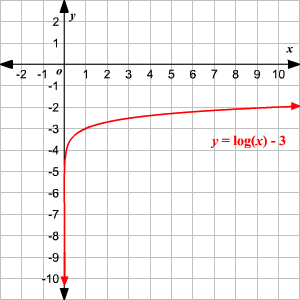 |  |
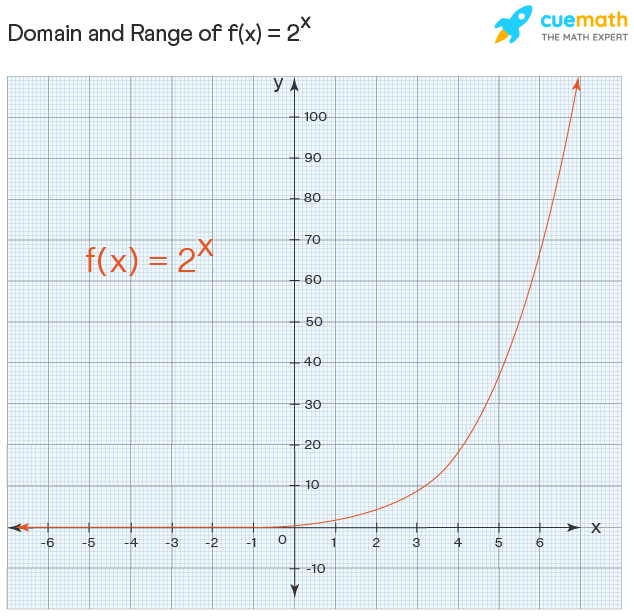 |  |  |
 |  |  |
「Y=1/x^2 graph domain and range」の画像ギャラリー、詳細は各画像をクリックしてください。
 | 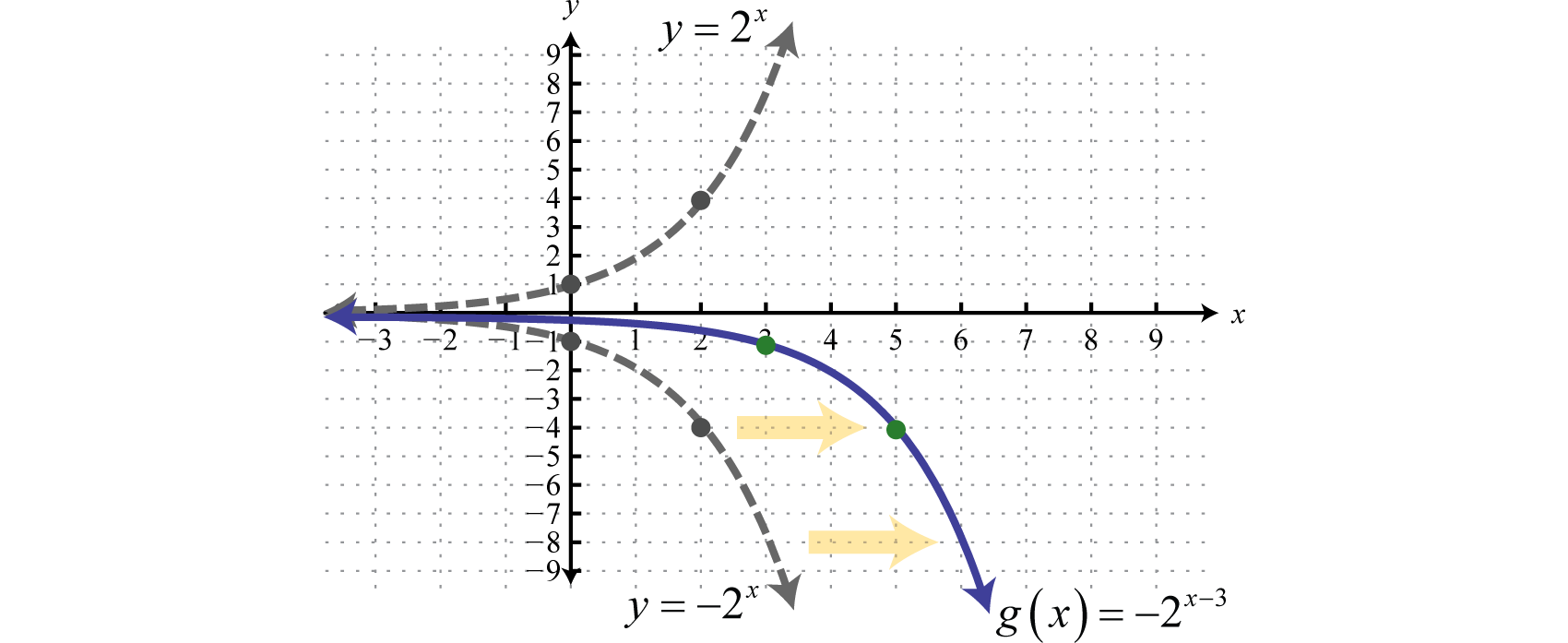 |  |
 | 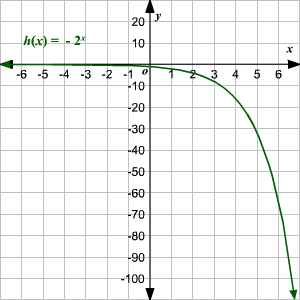 | |
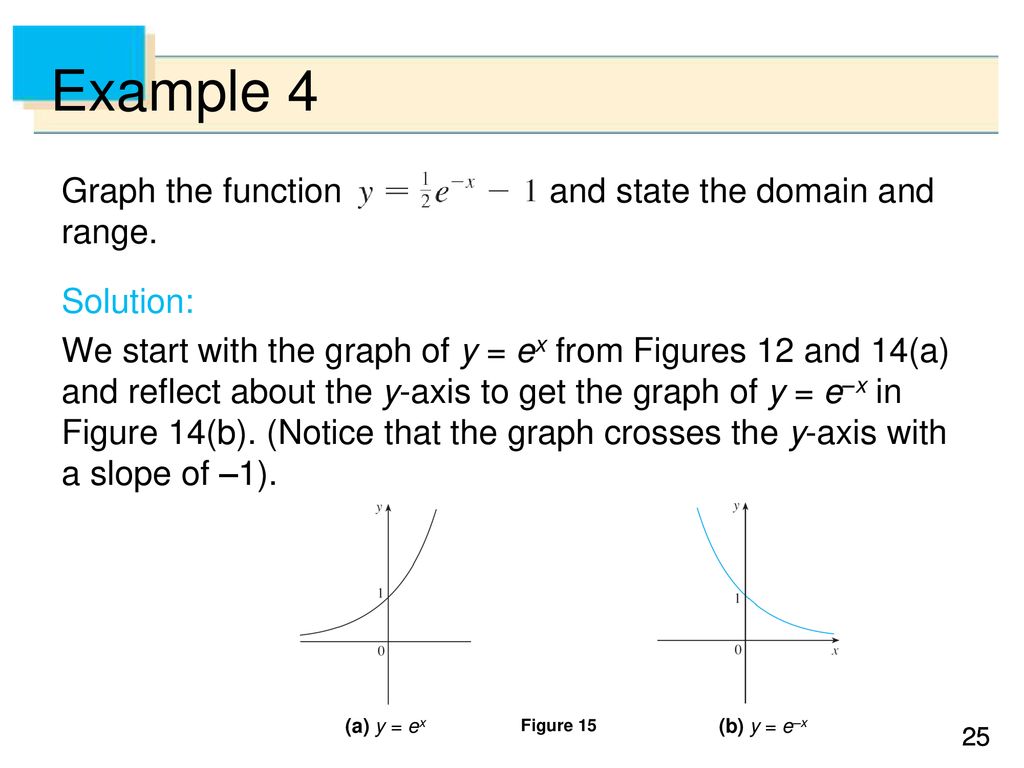 | 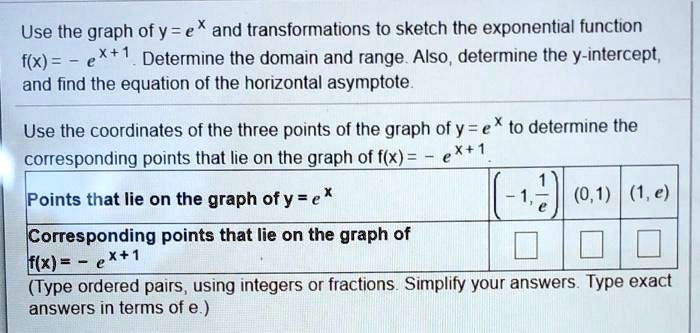 | |
「Y=1/x^2 graph domain and range」の画像ギャラリー、詳細は各画像をクリックしてください。
 |  | |
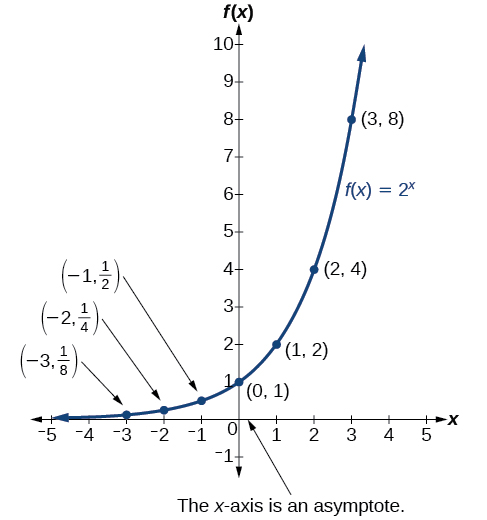 | ||
 | 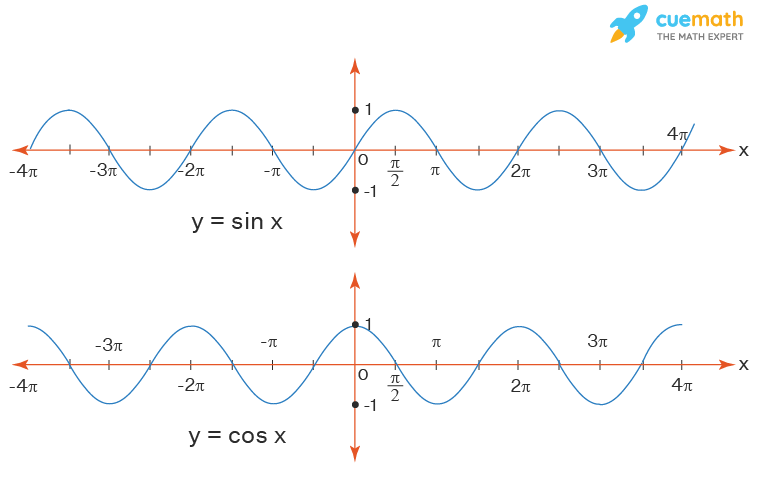 | 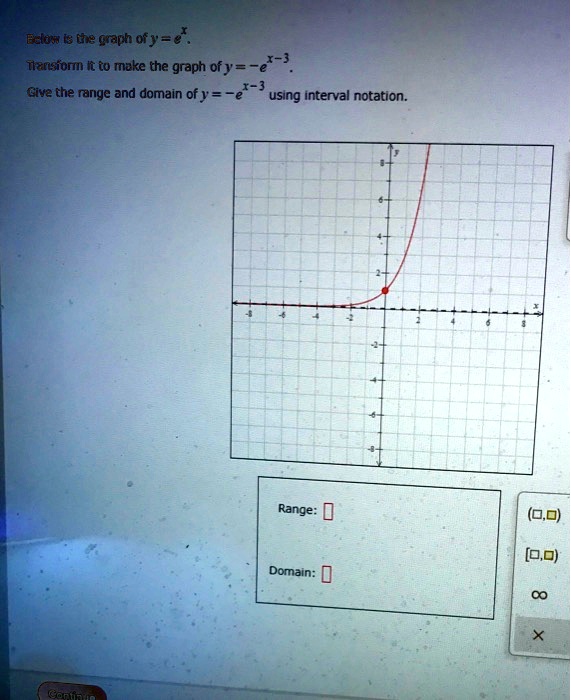 |
「Y=1/x^2 graph domain and range」の画像ギャラリー、詳細は各画像をクリックしてください。
 | 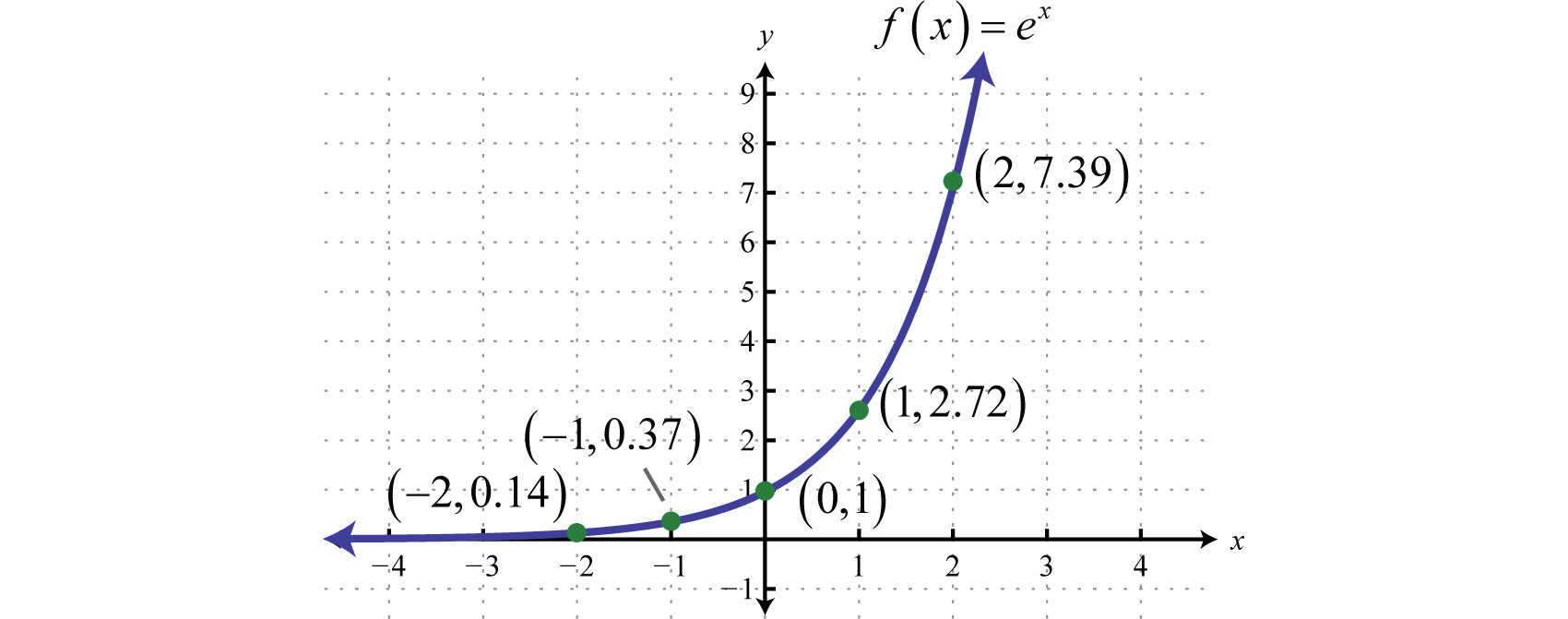 | |
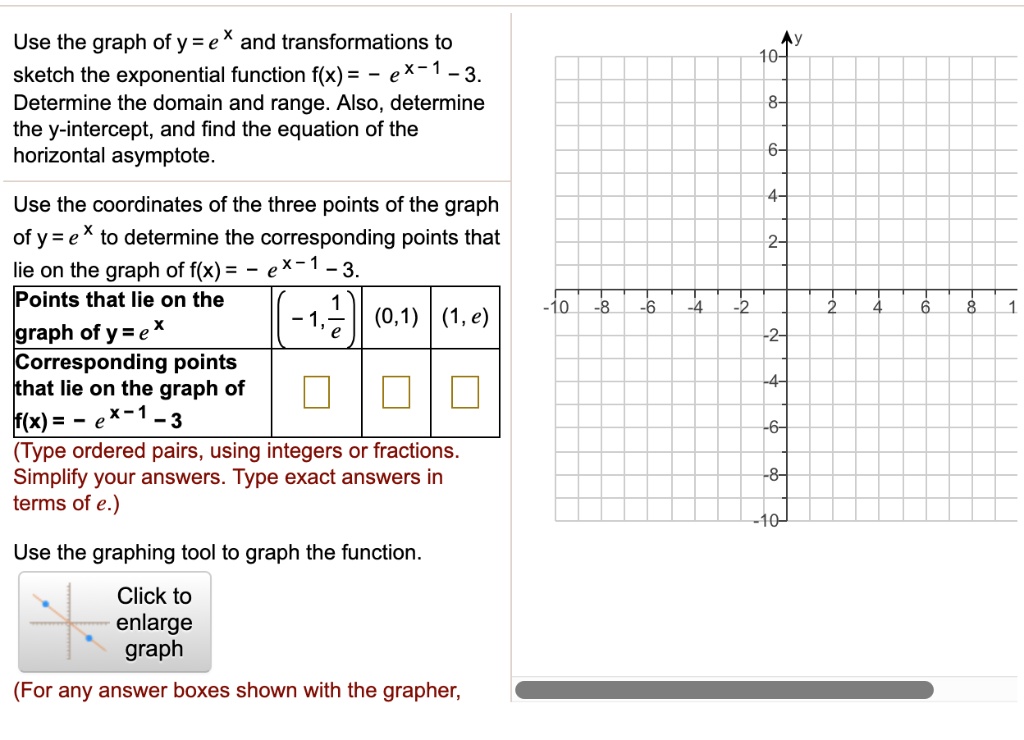 |  | |
 | 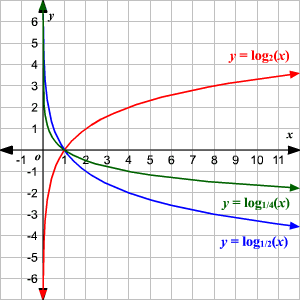 | |
「Y=1/x^2 graph domain and range」の画像ギャラリー、詳細は各画像をクリックしてください。
 |  | |
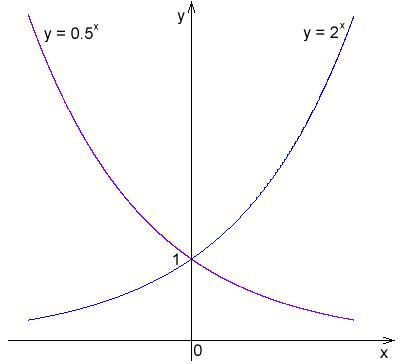 | 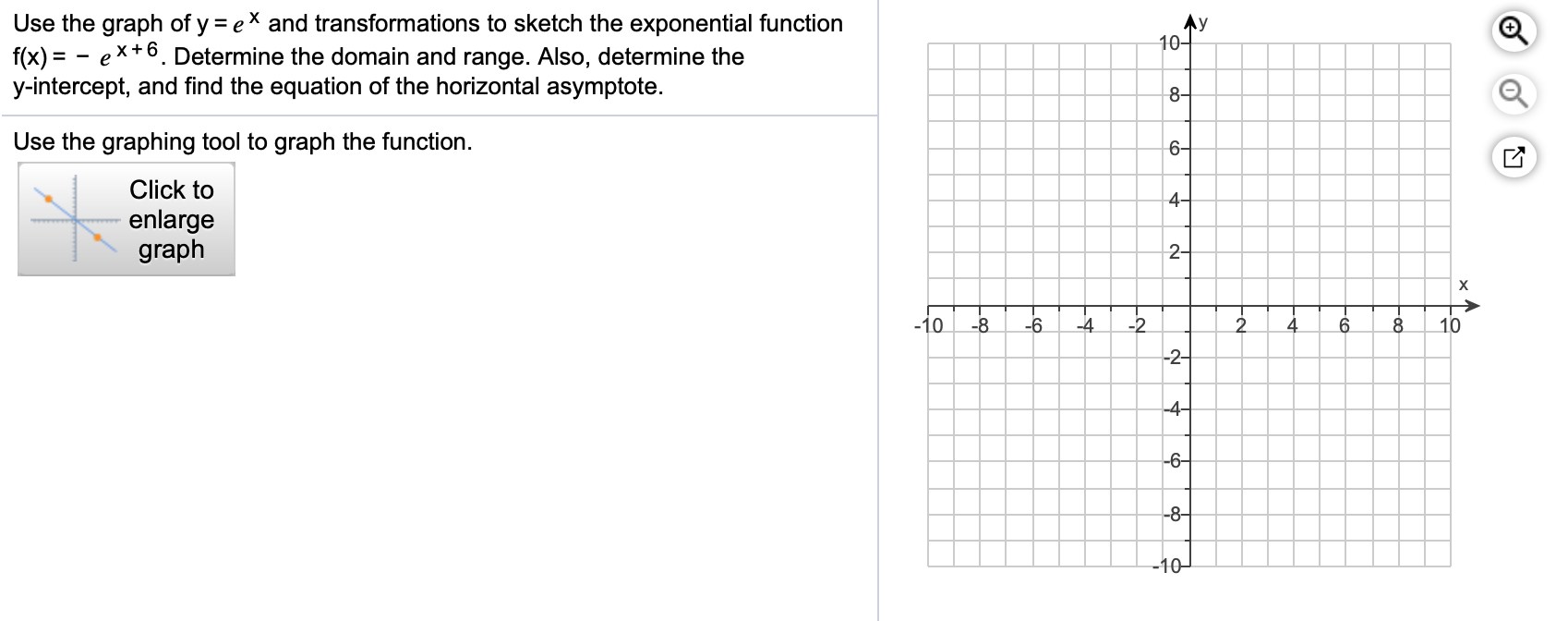 | |
 |  | 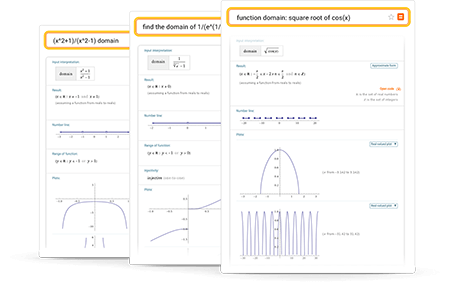 |
「Y=1/x^2 graph domain and range」の画像ギャラリー、詳細は各画像をクリックしてください。
 | 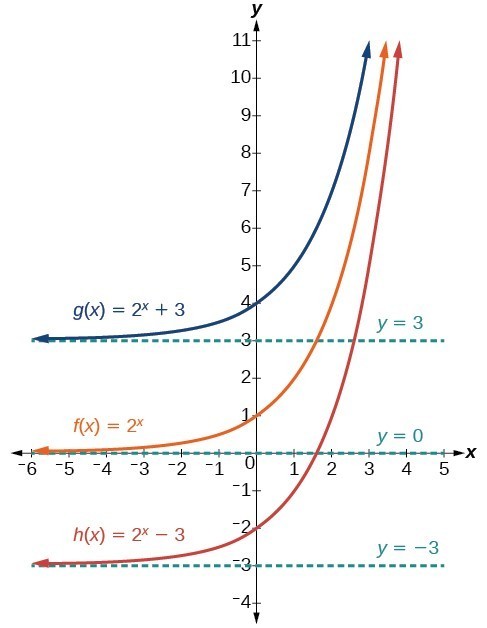 | 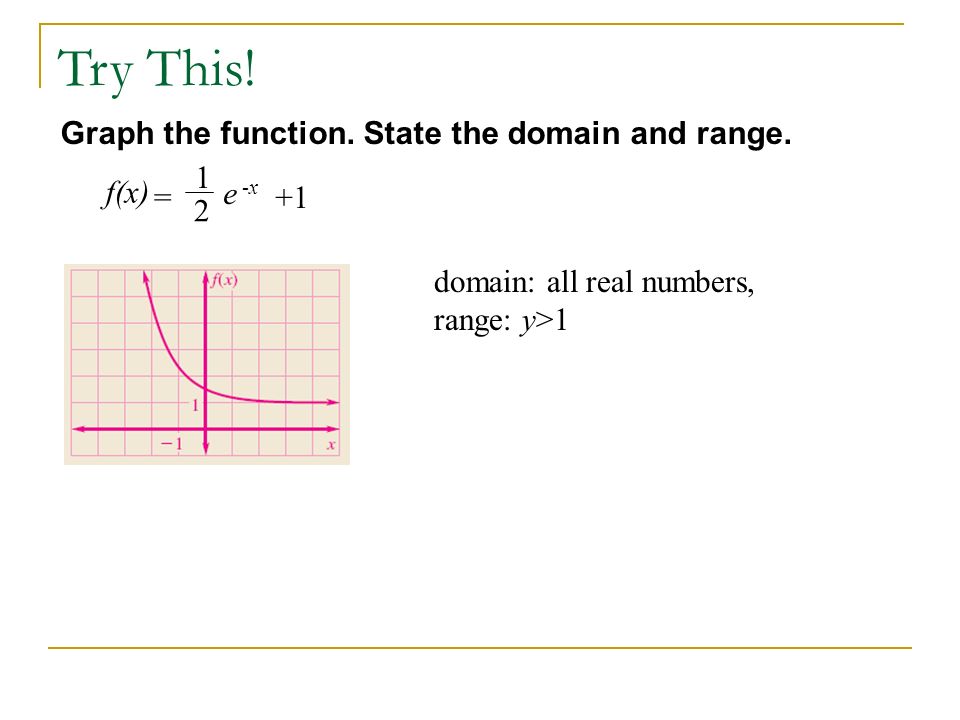 |
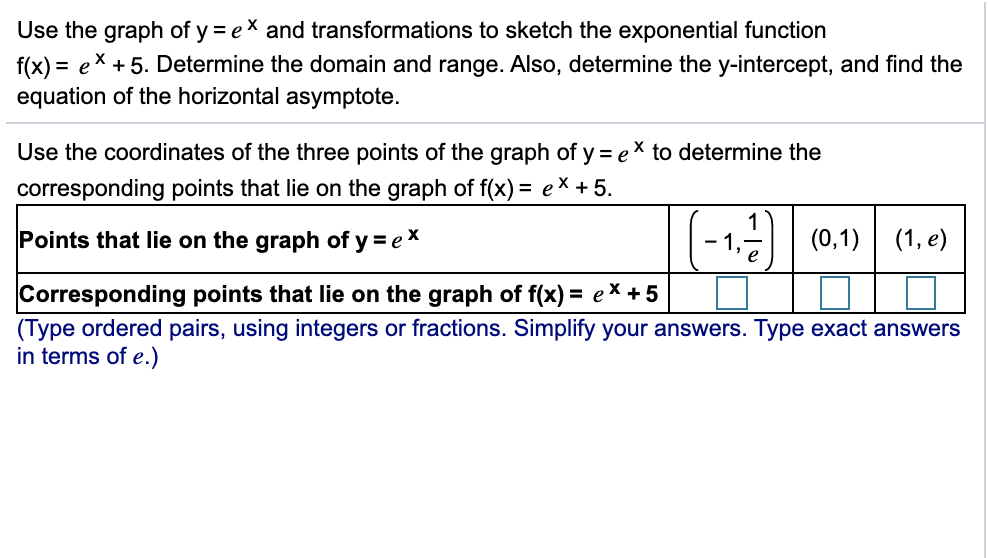 | 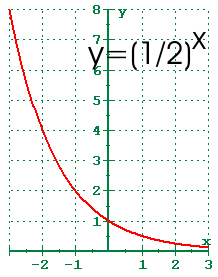 | 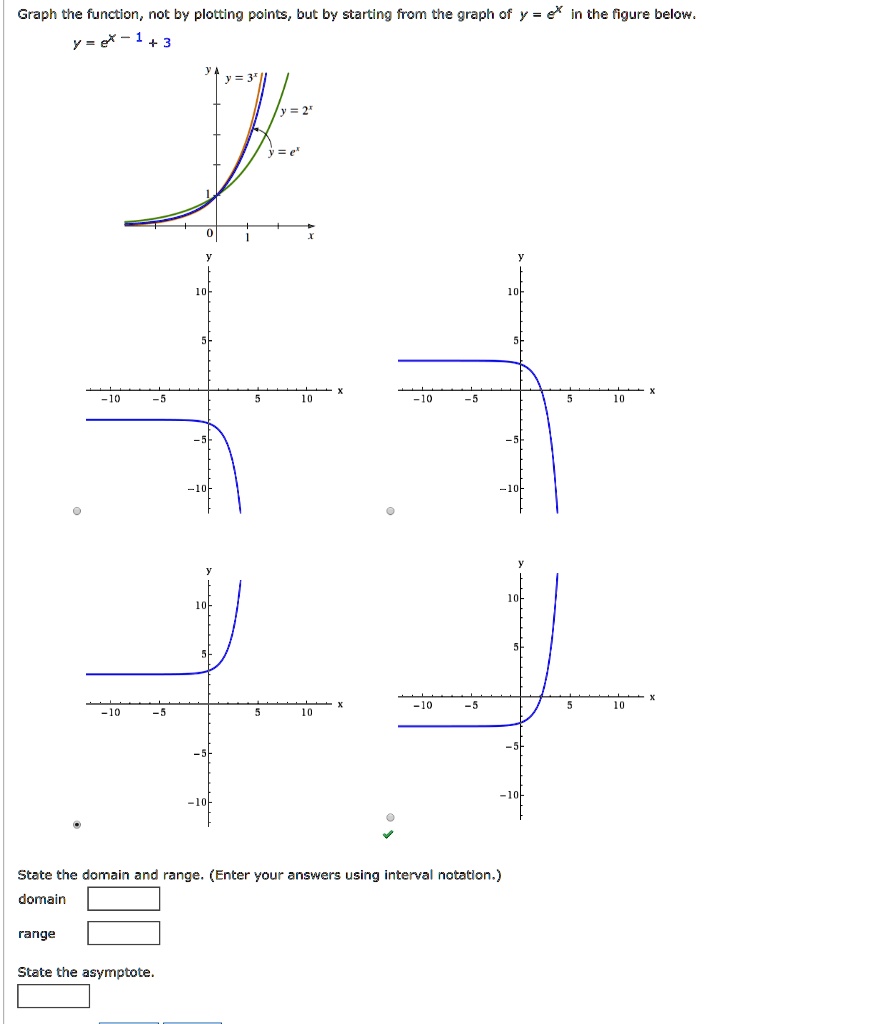 |
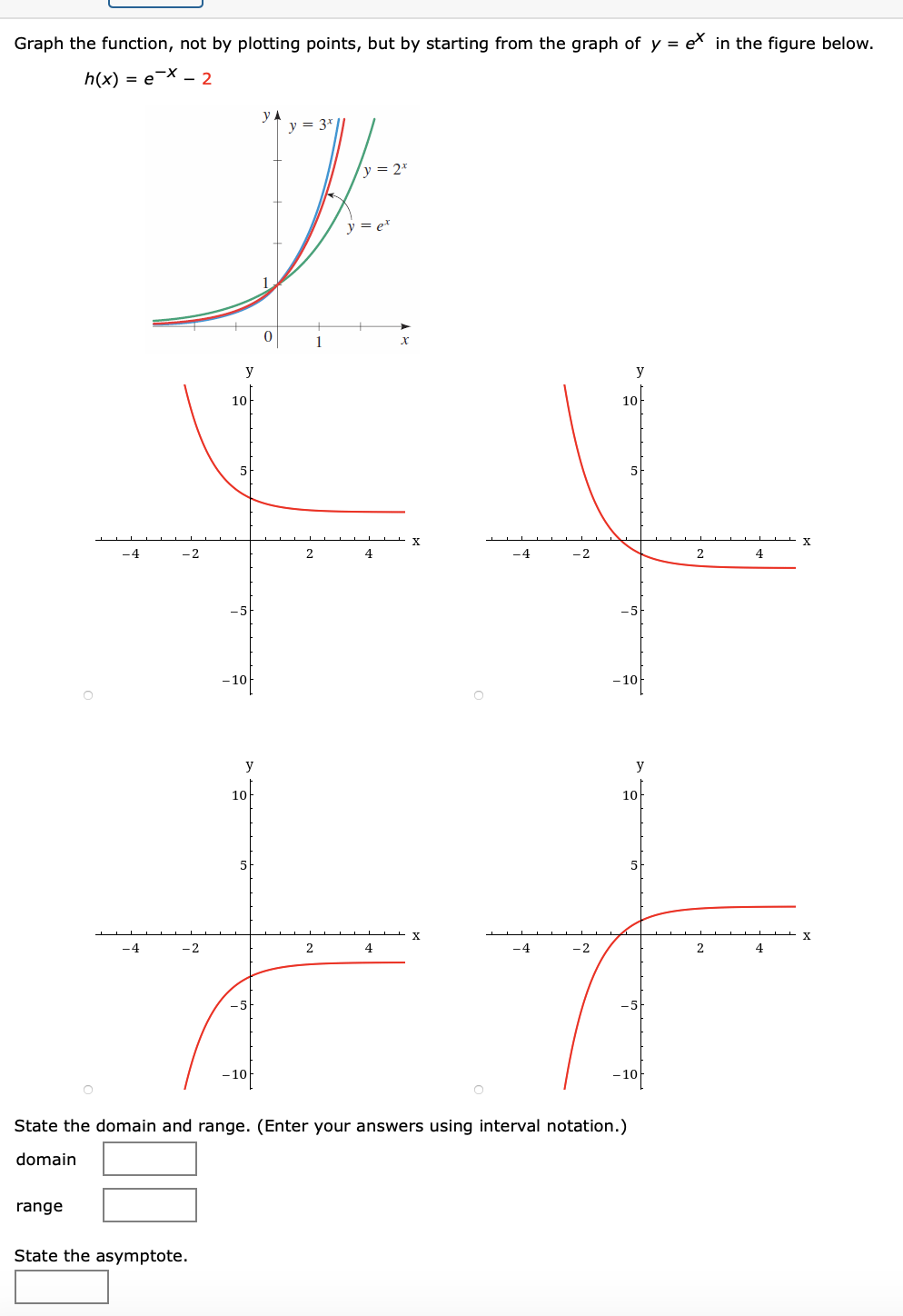 |  | 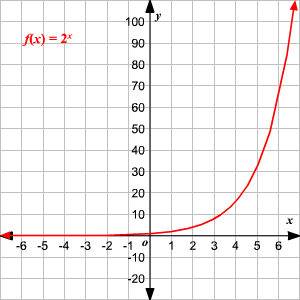 |
「Y=1/x^2 graph domain and range」の画像ギャラリー、詳細は各画像をクリックしてください。
 |  |  |
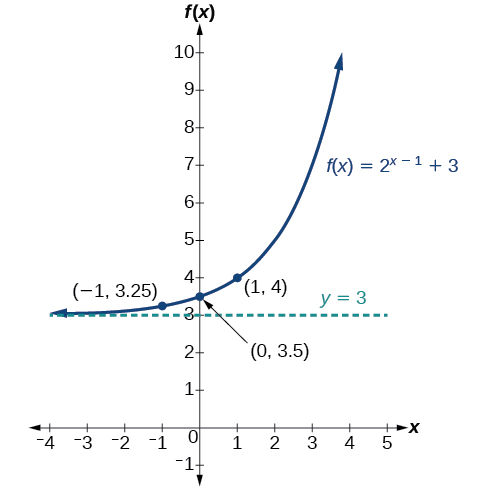 | 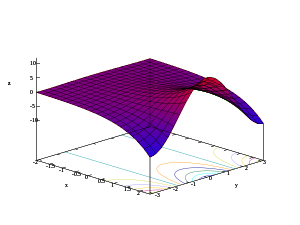 | 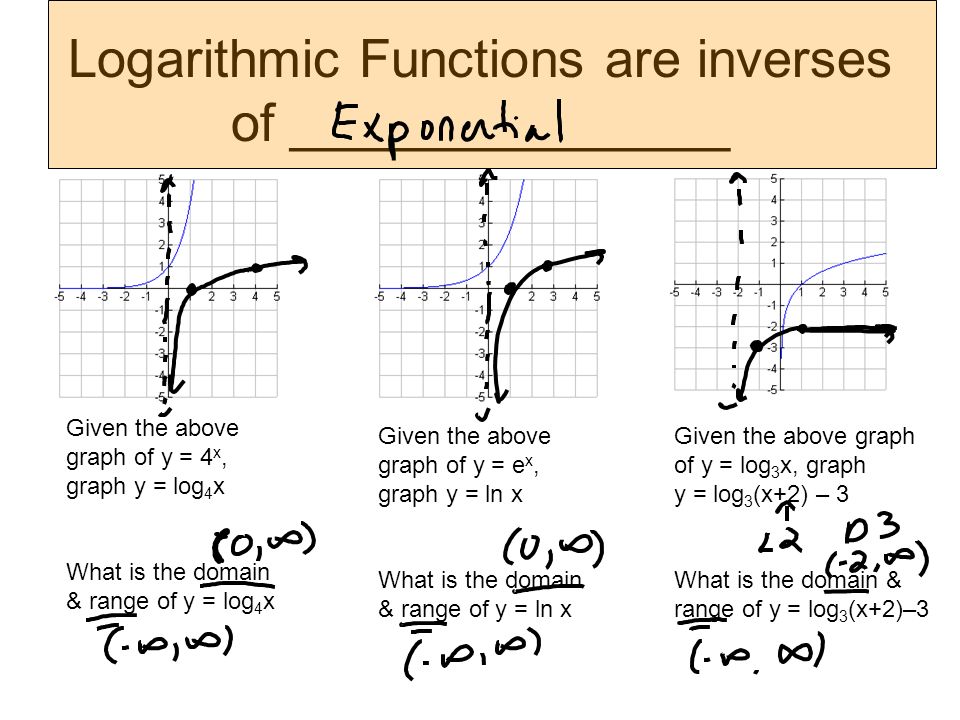 |
 |  | |
「Y=1/x^2 graph domain and range」の画像ギャラリー、詳細は各画像をクリックしてください。
 | 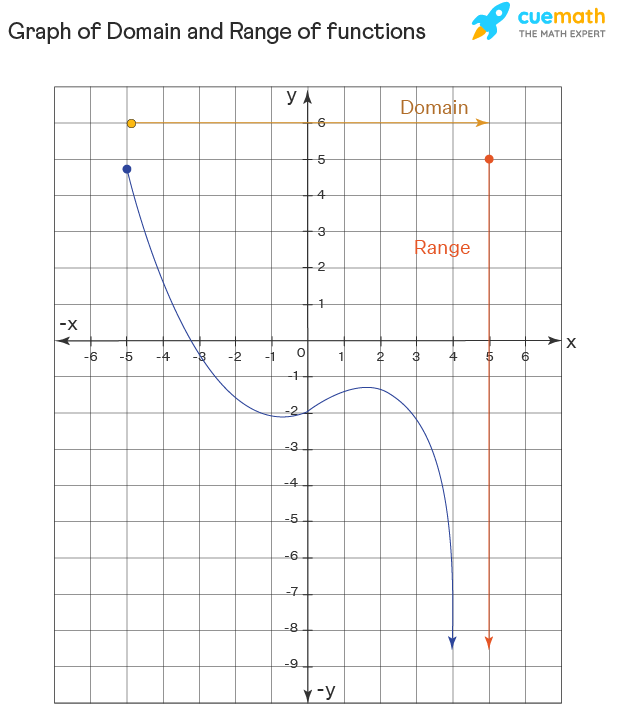 | |
 |  |  |
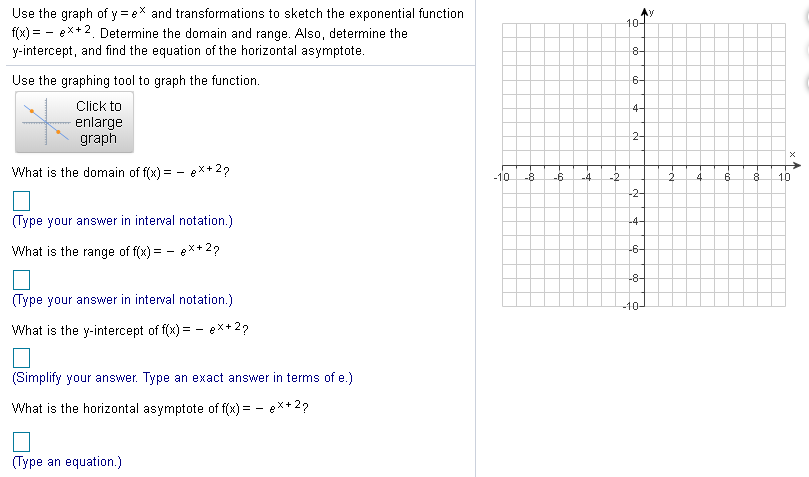 | 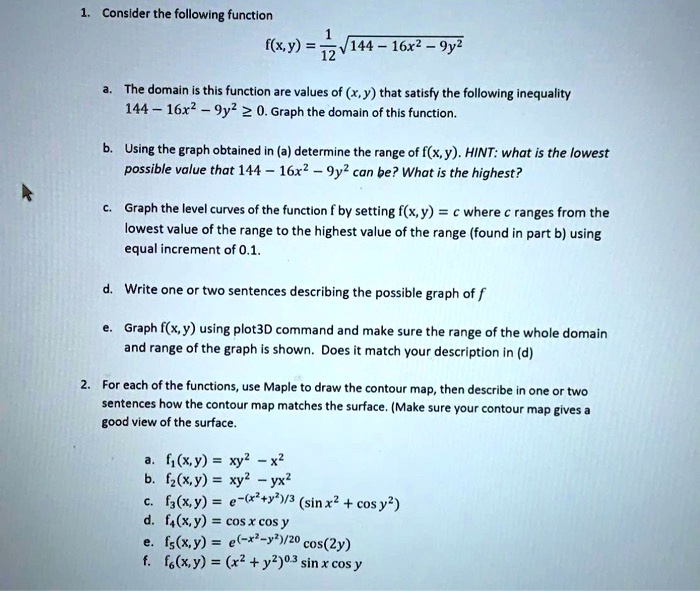 |  |
「Y=1/x^2 graph domain and range」の画像ギャラリー、詳細は各画像をクリックしてください。
 | ||
 | 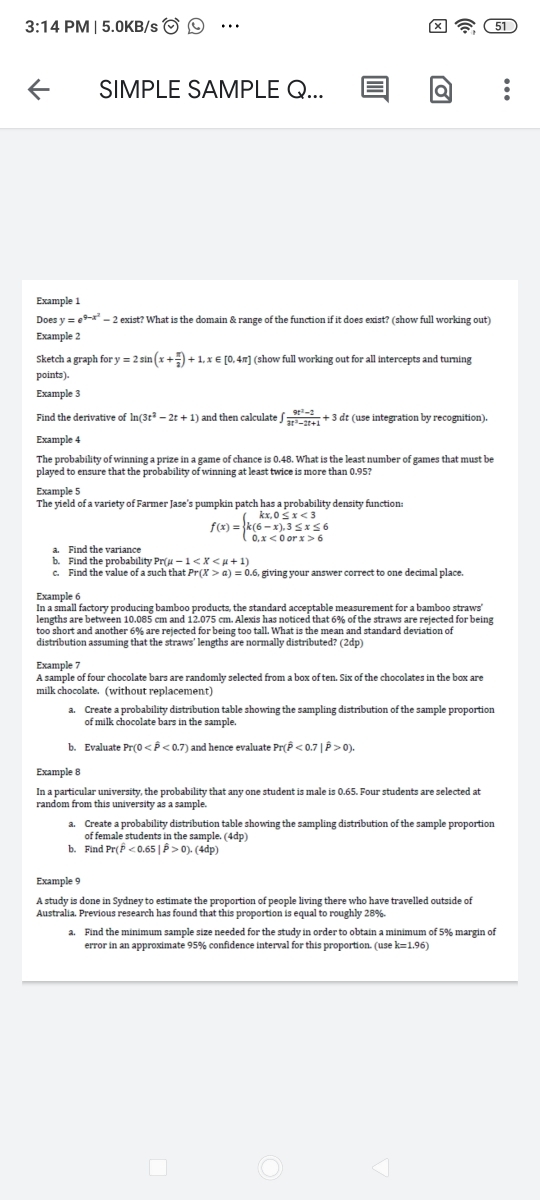 | |
 | 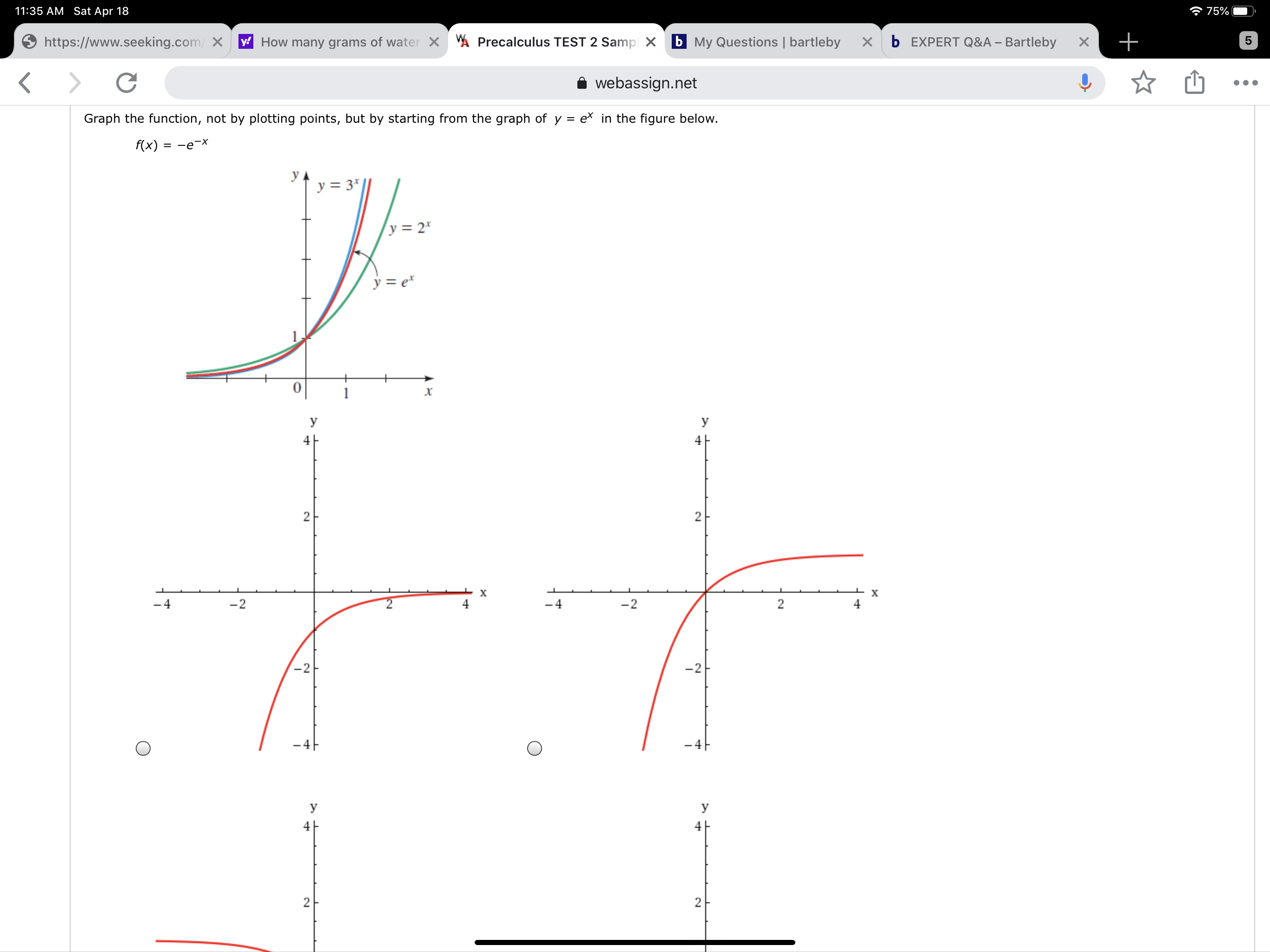 | |
「Y=1/x^2 graph domain and range」の画像ギャラリー、詳細は各画像をクリックしてください。
 | 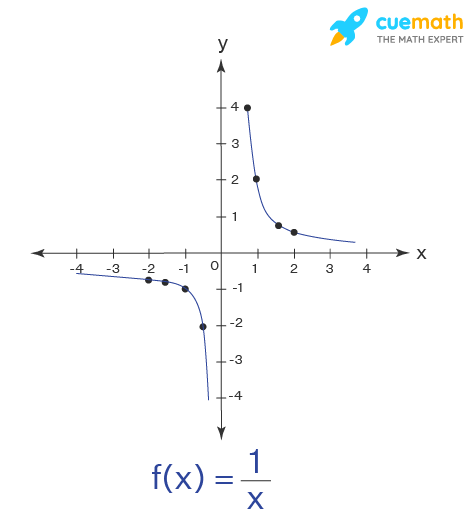 |  |
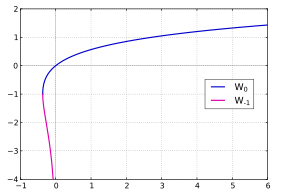 |  | |
 |  | |
「Y=1/x^2 graph domain and range」の画像ギャラリー、詳細は各画像をクリックしてください。
 | 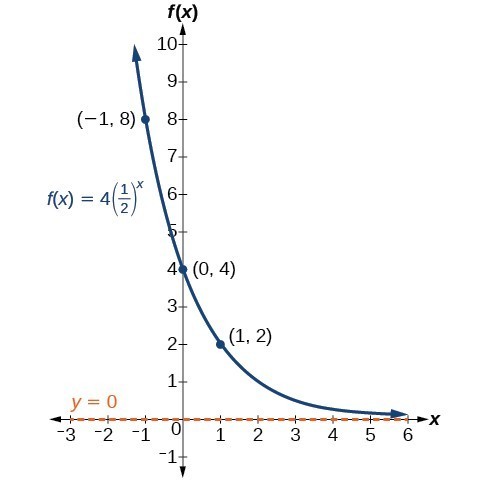 | |
 |  |
Domain and range The domain and range of a function is all the possible values of the independent variable, x, for which y is defined The range of a function is all the possible values of the dependent variable y The example below shows two different ways that a function can be represented as a function table, and as a set of coordinatesUse transformations of the graph of y=e^x to graph the function Write the domain and range and interval notation Show transcribed image text Best Answer 100% (1 rating) Transcribed image text Use transformations of the graph of y=e^x to graph the function Write the domain and range and interval notation g (x) = ex 2
Incoming Term: y=e^x graph domain and range, y=2^x graph domain and range, y=x^3 graph domain and range, y=1/x^2 graph domain and range,




0 件のコメント:
コメントを投稿